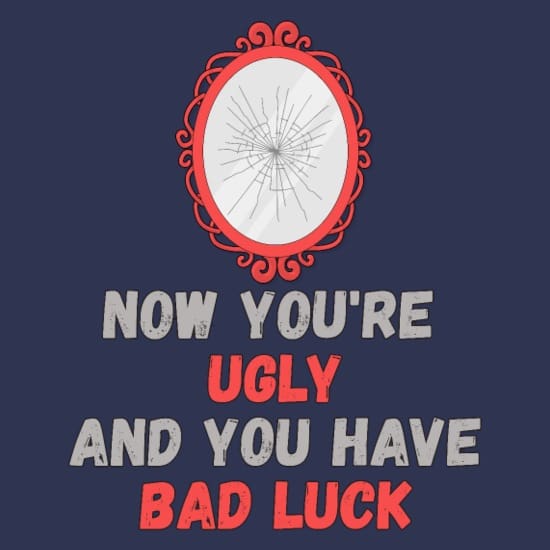Tradition between faith and reason
For centuries, Croatia has been a country deeply rooted in superstitious beliefs that shaped the daily lives of its inhabitants. This was particularly pronounced in the continental parts of the country, where people encountered signs on an almost daily basis that were meant to predict their future – whether it would bring them good fortune or misfortune.
Superstition represents the conviction that certain signs can predict our future, as well as belief in actions that should bring us positive or negative outcomes. The key characteristic of superstition is the lack of logical connection between the sign and what it supposedly predicts, which is why it’s called “believing in emptiness”.
Croatia’s most famous superstitions
The Black Cat – symbol of fate

Among the most well-known superstitions is the belief that a black cat crossing your path brings bad luck. This belief has deep roots in mediaeval Europe, where Christians considered cats to be demonic creatures and disguised witches. According to this belief, a black cat that crosses your path is actually a demon creating an evil barrier between you and God.
Interestingly, this belief isn’t universal – in ancient Egypt, all cats, including black ones, were considered symbols of good fortune. Even in 17th-century England, King Charles I kept his black cat as a symbol of luck.
Broken Mirror – Seven years of bad luck
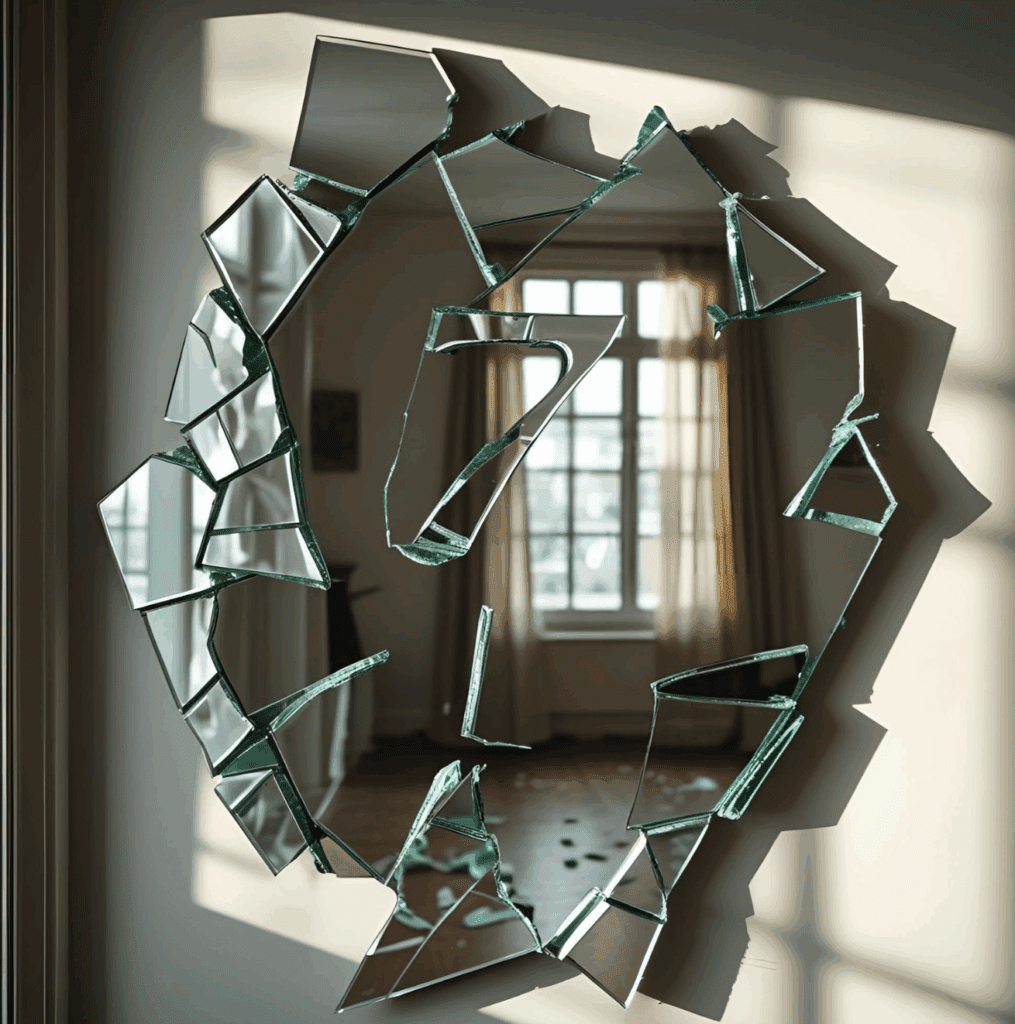
The belief that a broken mirror brings seven years of bad luck dates back to ancient Greece, where mirrors were used for fortune-telling. The Romans added the dimension of the seven-year cycle, believing that human health changed in precisely such intervals.
The Chimney Sweep – Bearer of good fortune

When you see a chimney sweep, you should grab a button as this brings good luck. This tradition traces back to 1066, when a chimney sweep saved King William from a carriage. The king invited him to his daughter’s wedding, creating a lasting connection between chimney sweeps and good fortune.
Knocking on wood
Knocking on wood three times when you say something good is a practice that reaches back to ancient pagan beliefs. It was thought that spirits lived hidden in trees, particularly oak trees, so knocking on wood was meant to pay them respect and ask for protection from evil.
Superstitions related to daily life
Family life and marriage

- Sitting at the corner of a table meant the person would never marry
- Rocking an empty cradle could bring misfortune to a child
- An unmarried woman who catches the bride’s bouquet will be the first to marry
- Wedding guests mustn’t return by the same route they took to the bride’s house
Household tasks and daily life



- Opening an umbrella indoors brings bad luck (a practice that arose in Victorian England due to clumsy umbrellas that could cause injury)
- Placing shoes on a table brings misfortune (a tradition that arose because a deceased miner’s shoes were placed on the table)
- Spilling salt requires throwing a pinch over your left shoulder to ward off evil spirits

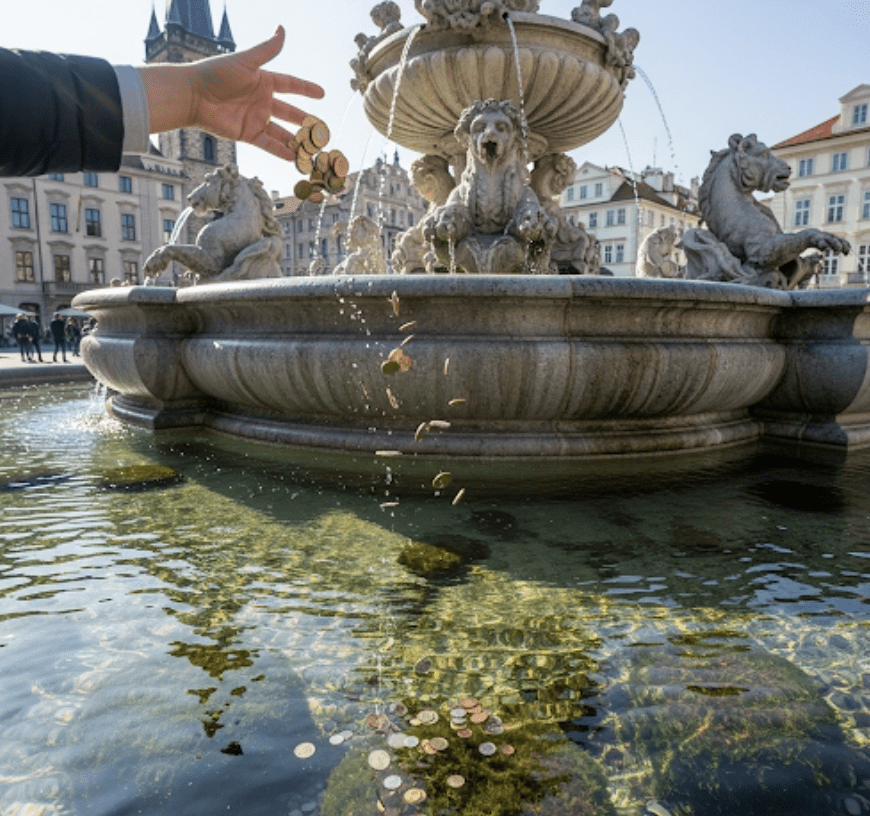
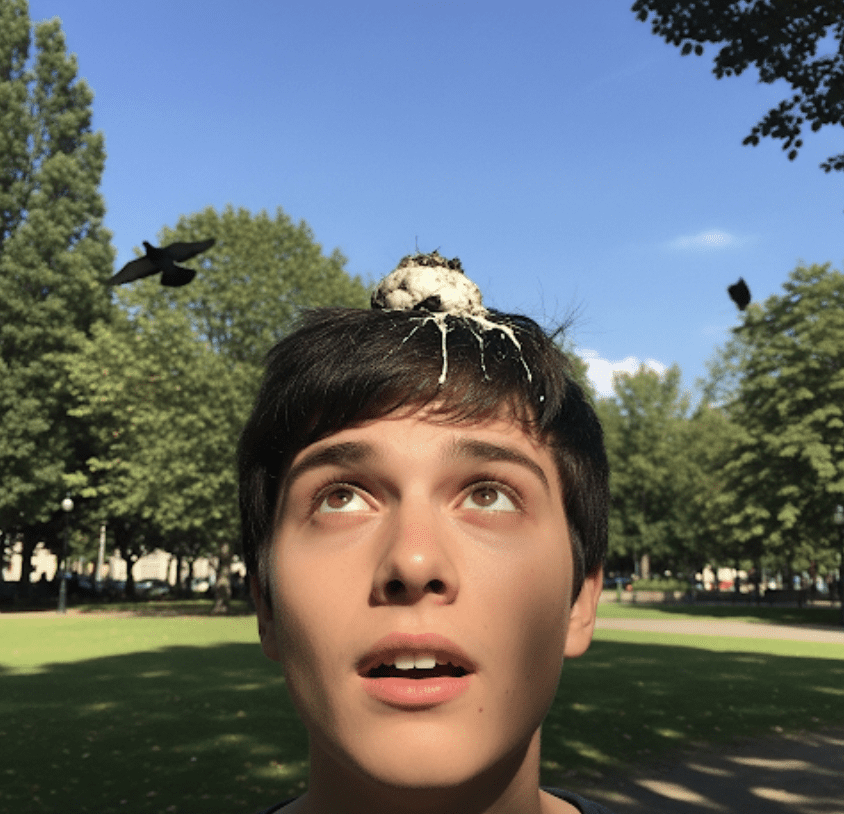
Natural signs

Croatians paid particular attention to reading natural signs:
- If the soles of your feet itch – you’ll soon be travelling
- Left palm itching – you’ll receive money; right palm – you’ll give money
- If a dog eats grass – it will rain
- A turtle dove circling in the sky – foretold death
- A cat washing itself – a sign that guests are coming


Holiday superstitions
Christian holidays were accompanied by a particularly rich tradition of superstitions:
Christmas and Christmas Eve
- From the Christmas roast, a shoulder blade was kept for divining family events
- Blessed fire from Easter Saturday was brought home and care was taken that it didn’t go out
Saint Lucy’s Day
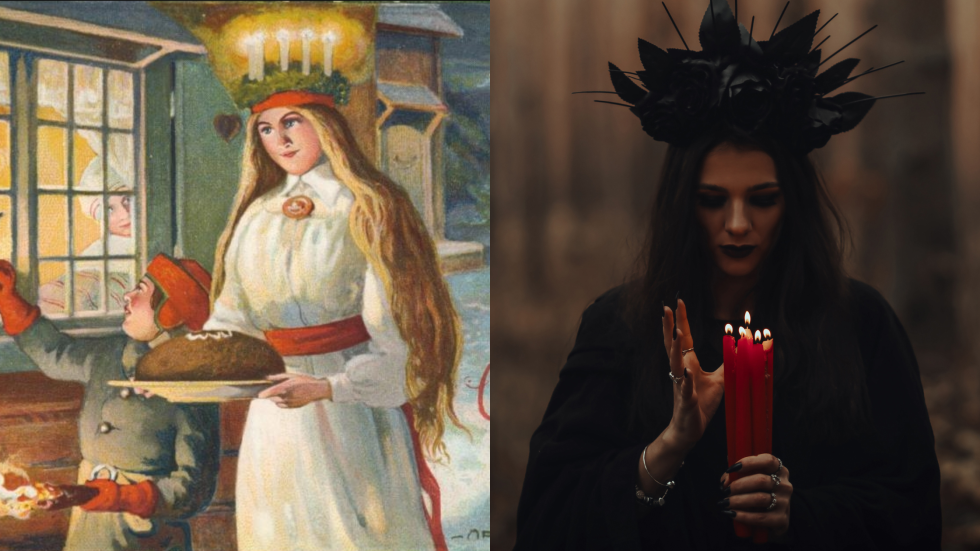
- It was believed that on Saint Lucy’s Day one could see which woman in church was a witch
- Girls would write young men’s names on pieces of paper and throw away one each day until Christmas, believing they would marry the one whose name remained last
Saint John the Baptist’s Day
- Girls would take three thistles, dedicating each to one young man, and expose them to flame – they would marry the one for whom the flower bloomed
The contemporary state of superstition
In modern times, superstition in Croatia isn’t as pronounced as it was in the past, but it will never completely disappear. The reasons for this are:
Enduring elements

- Horoscopes still rank amongst the most read sections on internet websites
- Blowing out candles on birthday cakes remains a popular ritual
- Sports and games of chance still abound with superstitious rituals
Transformation
Superstition adapts to modern times. Instead of traditional forms with buttons and chimney sweeps, new beliefs appear that better suit contemporary ways of thinking.
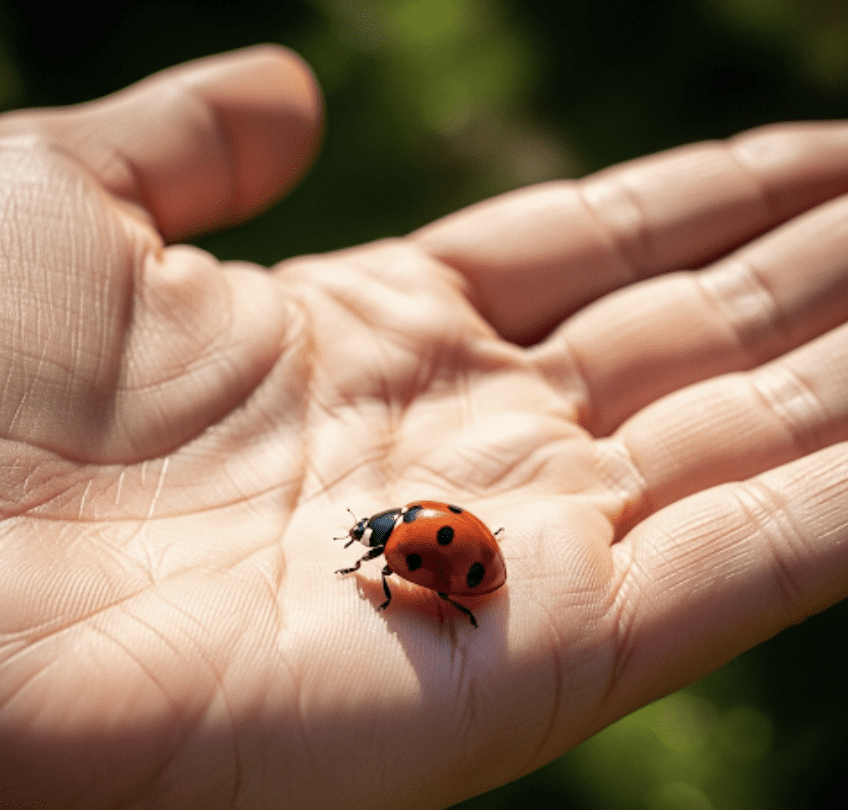
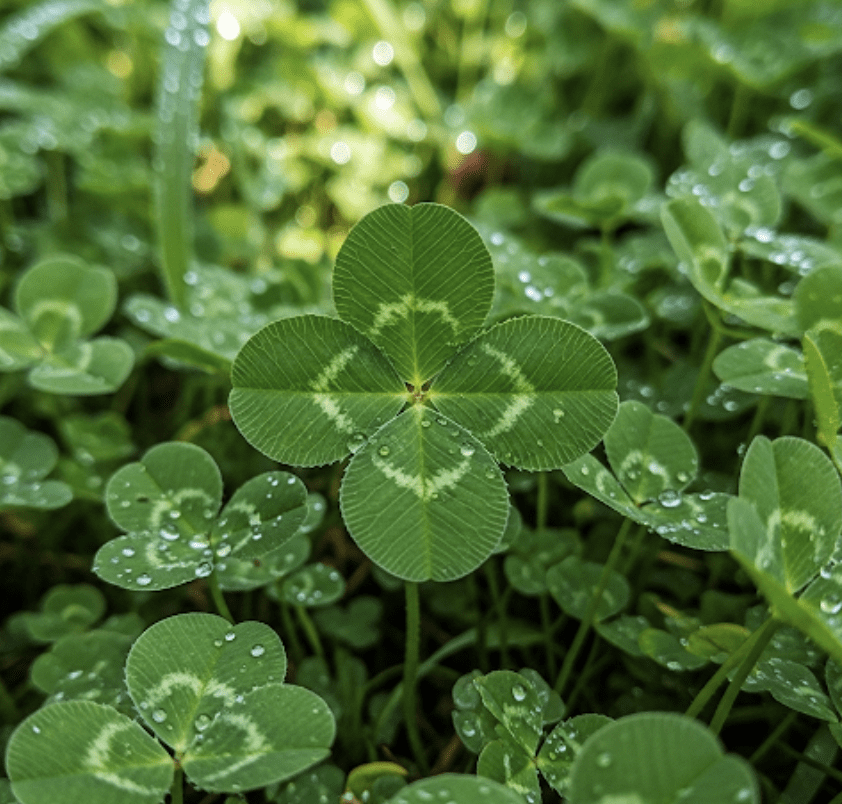
Scientific perspective
The Croatian Encyclopaedia defines superstition as “false, empty belief” that doesn’t fit into the belief system of the person judging it. Contemporary ethnology has abandoned this term as too subjective, instead using concepts such as “folk (popular) beliefs”.
The Church doesn’t permit superstition and considers it a sin, but it still persists as part of folk tradition.

Conclusion
Superstition represents a fascinating folk phenomenon that has managed to survive even in the age of modern technology. As long as there are things we cannot explain through our own reasoning, superstition will find its followers.
These beliefs arise from the basic human need to explain the unknown and control an uncertain future. Although they lack scientific foundation, they are part of Croatia’s rich cultural heritage that tells us about how our ancestors tried to understand and influence the world around them.
It’s important to understand that superstition can also have negative effects on quality of life if we constantly live in fear of bad omens. The key lies in finding balance between respecting tradition and taking a rational approach to life.

